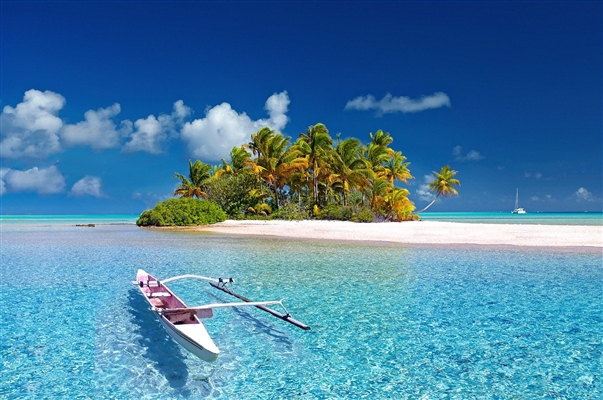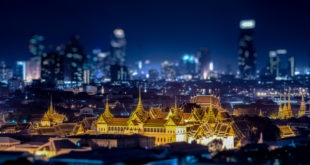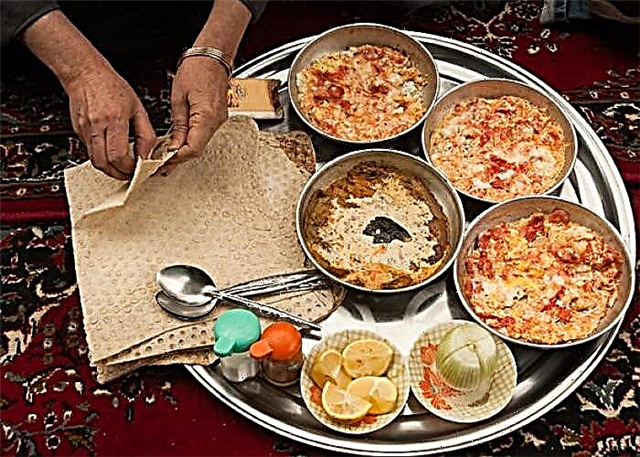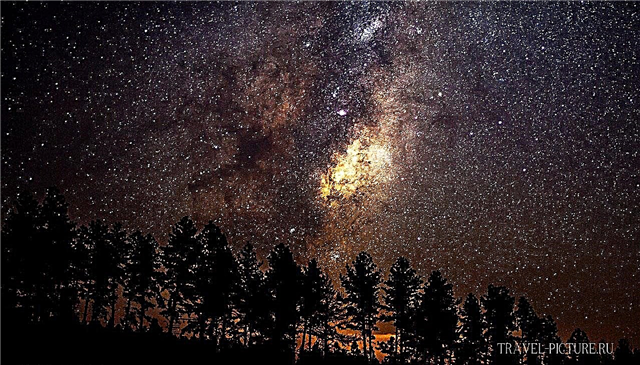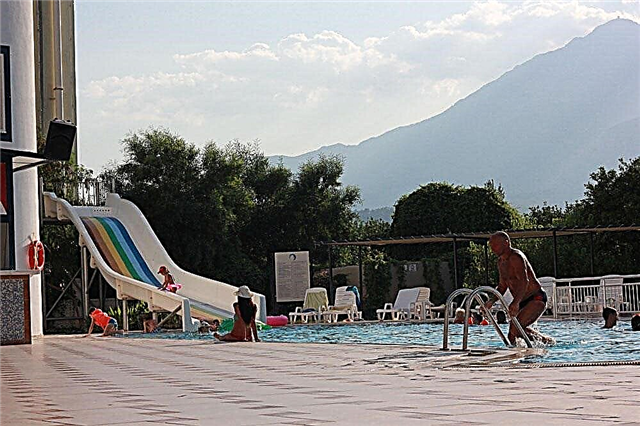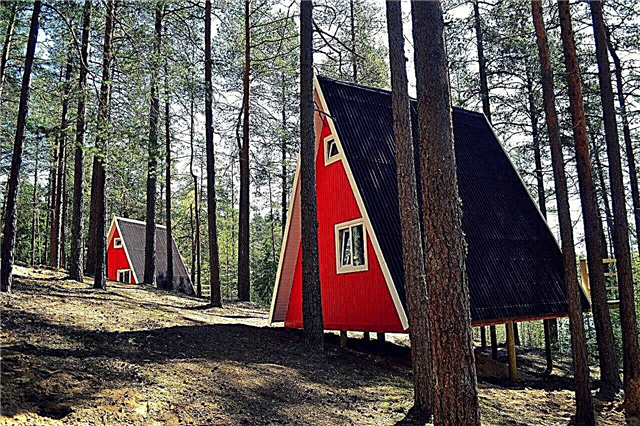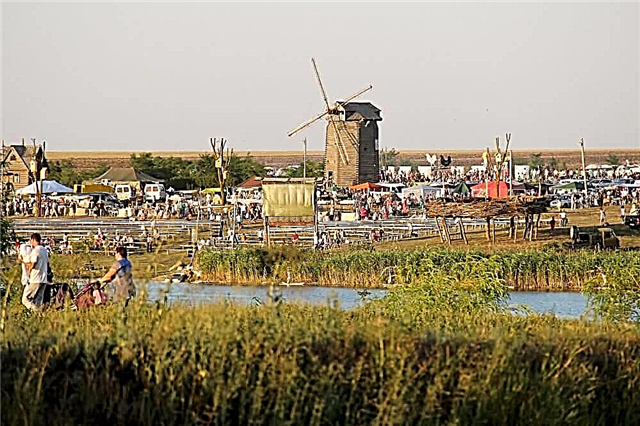The region is located in the middle of the Russian Black Earth Region. This explains the amazing variety of natural landscapes - mountains and hills, forests, reservoirs with clean transparent water and even a real desert. Many natural areas are of great scientific importance, so the state took them under protection, assigning the status of protected areas. Such places preserve the virginity and naturalness of nature, as well as the diversity of plant and animal worlds.
Most of the protected areas are of interest not only to scientists in various fields, but also to tourists. Ecological paths have been laid for them, allowing them to enjoy the beauty of nature without disturbing it. Some of the protected areas include, in addition to natural monuments, also cultural and historical ones. For example, the museum-reserve "Kostenki" or "Divnogorie", which preserved important archaeological sites.
The main reserves of the Voronezh region
Voronezh reserve
Located an hour's drive from Voronezh. It includes several thematic museums, two ecological trails, and a rope park. Of particular interest is the Bobrovy Gorodok complex - a nursery, an interactive museum and a Bobronarium. In the reserve you can meet rare species of animals and enjoy the reserved beauty of nature. There are guides who will make visiting the reserve not only exciting, but also informative.

Khopersky reserve
One of the oldest reserves in Russia - founded in 1935. Located along the Khoper River. On the border of the forest and forest-steppe zones, this explains the diversity of plant and animal species in it. This is what the Khopyorsky Reserve is known all over the world for. From all the rare animals of the reserve, the relict species of the Russian desman is distinguished, from the plants, also relict species, - the swimming sylvania or chilim. Ecological trails have been laid for visitors around the reserve.

Museum-reserve "Divnogorie"
Located in the open air. One of the most recognizable and popular sights of Voronezh. On an area of 11 km², there are chalk cave church complexes, Divnogorsky canyon, Mayatsky settlement and a pottery complex of the 9th-10th centuries. There is a wide range of excursion programs for visitors. Visiting Divnogorye is free, tourist routes have been laid, information stands have been installed.

Archaeological Museum-Reserve "Kostenki"
Archaeological complex of buildings of the Stone Age. The total area of the reserve is 9 hectares. The ancient sites of the museum are between 15,000 and 45,000 years old. In total, about 60 monuments from the Upper Paleolithic period were discovered on the territory of the museum. The main exhibit of the museum is the remains of an ancient people's dwelling, which is made of mammoth bones. A life-size stuffed mammoth also attracts the attention of visitors.

Natural parks of the Voronezh region
Lomovskoy natural landscape park
Located 200 kilometers from Voronezh. In recent years, ethnotourism has been actively promoted here - cultural art events are held with the participation of the best creative teams, and they teach traditional crafts. The territory of the park is located on the territory of the Don glaciation era. The ecological trail passes by springs, apiaries with wild bees. The site with old buildings is especially interesting.

Park area of the historical and cultural center "Palace complex of the Oldenburgskys"
Landscape and architectural monument. Made in the best traditions of landscape and regular styles of park art. The main feature of the style is classicism with strict symmetry and planning. The park area was designed by the famous French landscape architect Olivier Dame. From April to October, guided tours are organized for organized groups where you can appreciate the beauty of nature and learn the history of the park.

Park "Northern Forest"
The park is small in size, received the status of a protected area in 2014. The park is located within the city and this is especially appreciated by local residents. Several paths for walking or joggers have been laid along it. The park is an artificially planted coniferous forest. It is poorly landscaped - there are no cafes, attractions, playgrounds. The Northern Forest is home to birds, as well as squirrels and hedgehogs.

Forest Park "Optimists"
It is located in the South-West district of the city. The park was formed in the 40s of the XX century. Several years ago, the park was landscaped - several sites were asphalted, lawns were made, and beautiful flower beds were planted. They also restored ski tracks that had fallen into disrepair after the Soviet era. The perimeter of the green zone is 1300 meters. The park is exclusively pedestrian, as there are barriers at the entrance to it.

Nature reserves of the Voronezh region
Stone steppe
The status of a protected area was obtained to preserve the unique forest-steppe landscapes. Has a special zoological significance. The complex includes the territories of the Khorolskaya Balka and Sukhoprudnaya Balka landscapes. Despite the name, the reserve is a field with forest strips and clear ponds. The reserve is home to a large number of animals, including a colony of bobak marmots.

Voronezh upland oak grove
The reserve is located on the right bank of the Voronezh River. It is an oak massif with an area of more than 3000 hectares. Coniferous plantings occupy only 4% of the entire territory. Some oak trees are several hundred years old. There are many paths in the reserve, including asphalt ones, there are signs, tourist routes have been laid. Also in the oak grove you can see the preserved ancient burial mounds and settlements.

Reserve "Voronezh"
It is separated from the Voronezhsky reserve by a railway line. The area of the reserve is 23 hectares. It is a large natural area with about 10 regional natural monuments. These include lakes - Turtle and Maklovskoe, the Usman River, the Masttovy and Chervleniy pine forests with pine forests of natural and cultural origin. The reserve is home to many birds and animals.

Voronezh reservoir water area
A promising reserve. The territory, unique for the city limits. The conditions for the habitation of different species of birds are presented in wetland ecosystems. In the water area of the artificial reservoir there are mute swans, baleen tit, barnacle tern, gray goose. The reservoir is home to crayfish and various types of fish. The reservoir is protected not only by the state, but also by local enthusiasts. For example, divers often carry out activities to clean up debris from the water.

Natural monuments of the Voronezh region
Tract "Krivoborye"
Geological natural monument with an area of 15 hectares. Tourists will see a rocky high steep bank of the Don River in the tract. Its height is on average 50-60 meters. The river bed in this place bends by almost 180 degrees. The bend of the river with a high rocky shore is a very picturesque picture. Also, tourists love to visit the stone quarry near the tract, where interesting views open up.

You can get acquainted with even more interesting natural monuments in the article: 25 best natural monuments of the Voronezh region
The tract "Dune hillocks"
This place is often called "Don or Voronezh Sahara". Sand dunes cover an area of 197 hectares. Scientists have several opinions on the appearance of a desert area in the Black Earth Region, but they unequivocally agree that this unique area should be protected by the state. When visiting, you should be careful - there are often cases of cars getting stuck in the sand, which can only be pulled out with a tractor.

Lake Pogonovo
Fresh lake, one of the largest in the region. Has an area of 1.15 km². In the Iron Age, an ancient man's camp was located on the shores of the lake. The area around the lake is picturesque and varied. On the western side, the lake has a gentle and swampy shore. From the east, the shores are covered with a dense pine forest. This coast is more elevated, with three large beams jutting into it. The Chechera tract is located on the northern shores of the lake.

"Ship-Kurgan"
This tract with an area of 9 hectares is a geological natural monument. It is located at the confluence of the Ikorets and Berezovka rivers and is a chalk outlier formed by the long-term work of wind and water. It is a domed hill with an average height of 25-30 meters. Its top offers magnificent views of the rivers and forests around. About 400 species of plants grow in the tract.

Spring "Kolodezhansky"
A large karst spring with incredibly clear water, located at the foot of the mountain near the village of Kolodeznoe on the banks of the Don. It has been a hydrological natural monument since 1992. A water mill was built at the spring at the beginning of the 17th century. Now it has been reconstructed and is a popular sightseeing object among tourists. The territory near the spring is landscaped - there are asphalted areas and parking for cars.

Usman river within the Voronezh region
The river flowing through the Voronezh State Reserve is a left tributary of the Voronezh River. The natural monument is 104 km from the entire length of the river, starting from the border with the Lipetsk region. Most of the riverbed runs through dense forests, but there are also areas with a beach area where you can swim. The water in the river is clean, it is home to different types of fish, including those included in the Red Book.

400-year-old oak tree on the right bank of the Voronezh reservoir
A promising natural monument. Located in a dense forest 50 meters from the shore of the reservoir, near the former village of Rybachiy. The oak is over 30 meters high and looks like a giant compared to the surrounding trees. Its roots stretch for several meters and form a large clearing. Despite the rather respectable age for an oak, scientists are sure that with proper care the tree will stand for another 100-200 years.

Botanical Garden named after B.M.Kozo-Polyansky VSU
The garden was founded in 1937 and is engaged in research work. Its rich collection includes several thousand plants, and the area of the arboretum is 11 hectares. The garden features plants from different countries and continents - Mexico, Madagascar, the Himalayas, the Amazon and others. About 5,000 garden plants are listed in the Red Book. There are several thematic excursion routes along the botanical garden.


